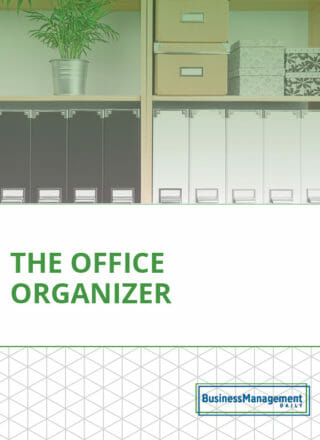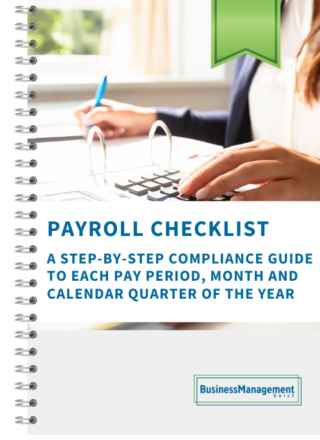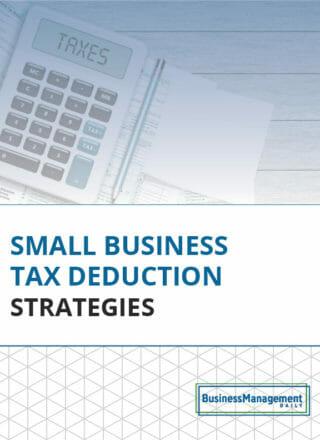Work flexibility: Unconventional arrangements are here to stay
Like many people, Molly initially felt unsure about remote work during the pandemic. Without fellow team members around, she worried about lonely days and feared being stuck without assistance if a problem came up.
As time passed, however, Molly started noticing the positives of telecommuting. A lifelong night owl, she loved staying up late to watch old movies without needing to get up early the next morning to make the dreaded hour-long commute to the office. She also discovered that walking her poodle at lunchtime improved her mood and energy-level for the rest of the workday. And interacting with others professionally and socially via Slack took away her isolation worries.
When Molly’s company started bringing workers back on-site, she felt conflicted. While she did miss lunches with her office friends and face-to-face exchanges of ideas, she had grown used to her home office and the better work-life balance.
Evidently, many co-workers felt the same way. Thus, they were delighted that their employer took their preferences into consideration and presented a variety of flexible work arrangements. Molly decided on a hybrid work schedule – contributing from home three days a week and coming into the workplace twice.
The demand for a flexible workplace
The relationship between workers and their jobs has changed considerably over the past two years. The pandemic provided plenty of time to re-evaluate priorities and lifestyles. As a result, employees today put a greater premium on personal needs, mental health, and overall well-being. They do not wish to suffer from burnout or return to work schedules that leave them with little time for an outside life.
As a result, job seekers are being pickier than ever. According to LinkedIn Global Talent Trends 2022, job hunters viewed nearly twice as many job posts before applying in 2021 than they did in 2019. And, ads touting remote or hybrid work are attracting seven times more applicants than in-person roles.
Smart employers are taking notice. The LinkedIn Global Talent Trends report notes an 83% increase in job posts mentioning flexibility since 2019 and a whopping 147% increase in posts mentioning well-being.
Employers realize the role workplace flexibility plays in the job satisfaction of modern employees. Between ongoing labor shortages and the effects of The Great Resignation, organizations require every advantage possible to attract job seekers and keep current staff, and flexible work policies are a big draw. A recent LinkedIn survey of more than 500 C-level executives in the United States and the United Kingdom found 81% of them saying they are changing their workplace policies to offer greater work flexibility.
Many companies turn to their webpages and social media accounts to promote their flexible arrangements. Sharing stories of how real employees solved childcare issues through alternate work schedules or of remote and on-site workers enjoying one another’s company through a Zoom-based trivia competition aids in visualizing the flexible mindset. It also demonstrates that the company values all its different types of workers.
Understanding flexible work options
While employers and employees alike remain eager to jump on the “work flexibility” bandwagon, realize that in practice this buzzword covers a variety of possible arrangements. Implementation depends greatly on the individual organization. Some industries do not easily lend themselves to certain set-ups. Take healthcare, for instance. Despite the increase in popularity of virtual visits, actions such as administering shots, setting a cast, or performing surgery require in-person interaction.
The Society for Human Resource Management (SHRM) notes that flexible work arrangements include a variety of different alternative work schedules and programs to promote work-life balance. Their common denominator is that some aspect of when and/or where work gets done goes beyond traditional core business hours (such as 9 to 5 daily) or central place of operations.
Some common types of flexible work options include:
-
Remote work
A default way to continue business operations during the pandemic, telecommuting has become the favored method of working for many people. Depending on the exact set-up worked out with the employer, remote work allows employees to perform all or some of their job from their home (or other off-site location of their choice). Telecommuters often claim remote work increases their productivity and focus, allows better blending of personal and professional obligations, and boosts energy levels by eliminating a commute.
-
Hybrid work
This arrangement allows employees to split time between on-site and remote work. Policies differ in terms of how many days of each are required. Some organizations like to gather all team members together on set days for brainstorming, bonding, and other group activities. Other businesses let employees choose the days – including how many of them – they wish to come in. Like Molly in the opening example, employees sometimes think of hybrid work as the best of both worlds. They benefit from in-person collaboration and socialization, but they also enjoy the advantages of frequently telecommuting.
-
Flexible schedule
Whether on-site or off, workers often view the ability to adjust their hours as a key component of maintaining a good work-life balance. A flextime policy could allow someone to regularly stagger her arrival and departure times to better accommodate childcare needs or perhaps take a college class. Another flexible option might forgo formal scheduling and allow workers to spread their set number of hours throughout the day (or even night) as they see fit. This freedom can accommodate everything from running errands at off times to attending doctor’s appointments to simply taking a nap.
The extent of flexibility depends on the individual employer, the industry, and the nature of the job. For instance, positions demanding coverage (such as food servers or retail clerks) may be candidates for shift adjustments but not for dispersal of work hours throughout the day.
-
Compressed workweek
Traditionally, a full-time job involves working 32-40 hours per week spread out over five days. Other configurations exist, however, that yield the same sum. The arrangement getting the most attention is the four-day workweek. By putting in eight to ten hours over the course of four days, employees receive an extra day off each week. This offers a greater chunk of free time plus eliminates the time and expense of one roundtrip commute. From an employer’s perspective, one fewer operating day reduces overhead.
-
Reduced schedule
Not every person wants to work full-time. A senior citizen, for instance, may like the income and socialization provided by a job but wish to slow down. Part-time work enables combining employment with more time off to spend on other activities. Especially attractive are organizations that offer benefits to part-time employees.
-
Job sharing
Job sharing is a special type of part-time work. It involves two or more people sharing the duties that comprise one full-time position. All parties must possess excellent communication skills in order to keep each other updated on where every task stands. While job share work generally gets split 50/50, the employees involved can look at their individual skills sets and interests to divide up responsibilities.
-
Unlimited PTO
Companies that offer unlimited PTO do not provide their employees with a certain number of days off. Rather, workers in good standing possess the freedom to take as many or as few vacation days as they desire provided certain other factors get met (such as ensuring adequate coverage during the absence). The arrangement provides a great deal of flexibility whether you want to travel for a chunk of time or could benefit from some mental health days at home.
How work flexibility benefits employers
Looking at the various types of work flexibility, it is not difficult to see why employees would find them attractive. But what about employers? They are, after all, trying to operate a successful business.
Organizations utilizing remote work and other flexibility arrangements often find they require less office space and can reduce overhead expenses. They also build the environmental-friendliness of their brand. Fewer workers needing to commute cuts down on emissions, which improves air quality and slows global warming.
Some companies find that flextime helps them in terms of coverage. Having employees who start or end their workday outside of traditional hours can translate into staff members being available to accommodate clients at “off” times.
A main advantage of work flexibility at the present time is how offering it aids in hiring and retention efforts. Anything that can help fill open spots during the on-going labor shortage and limit employee turnover during The Great Resignation is an avenue worth exploring.
Lastly, employers cannot ignore the effect of flexibility on employee satisfaction through better work-life balance. LinkedIn Global Talent Trends 2022 shows that employees who are satisfied with their company’s time and location flexibility are 2.6X more likely to report being happy and 2.1X more likely to recommend working for the company. These positive feelings translate into greater loyalty, higher morale and employee engagement, and boosted productivity. The bottom line: Both inside and outside of the work environment, everyone stands to gain.




